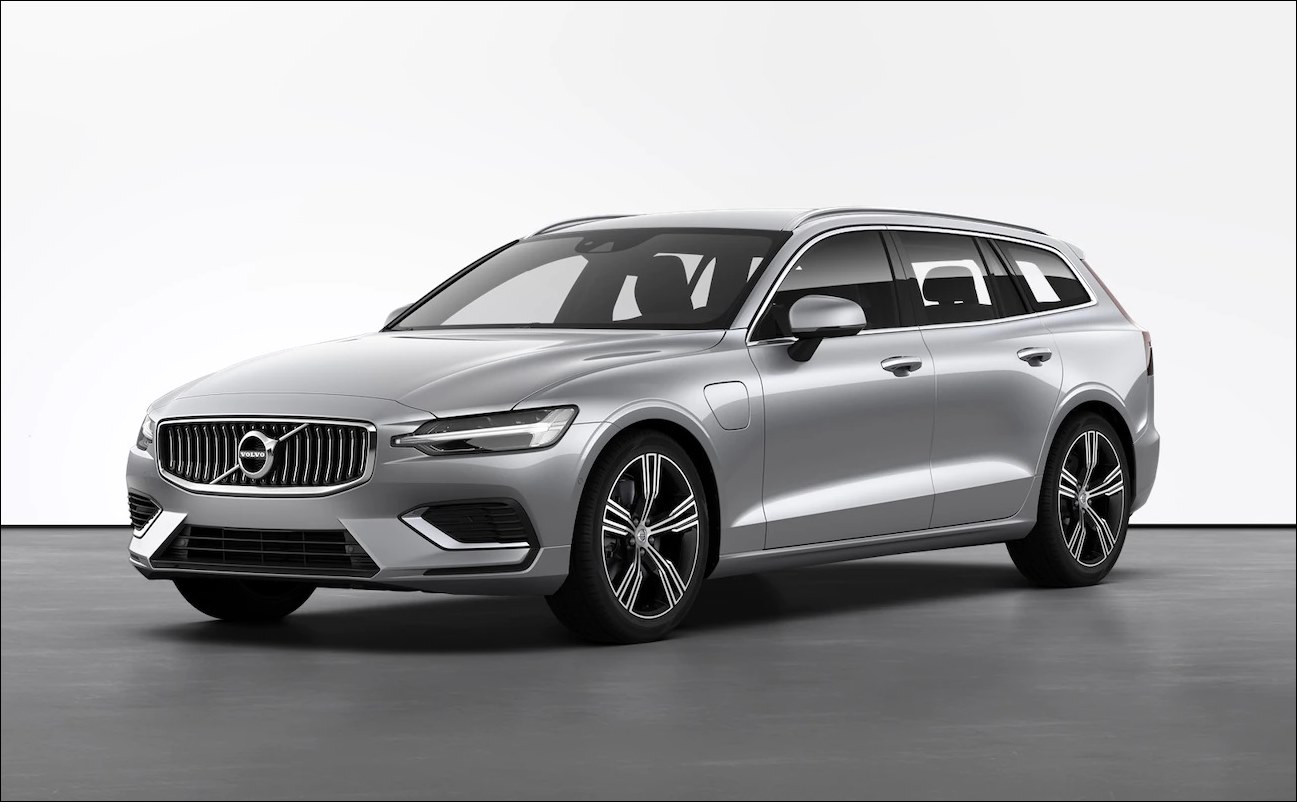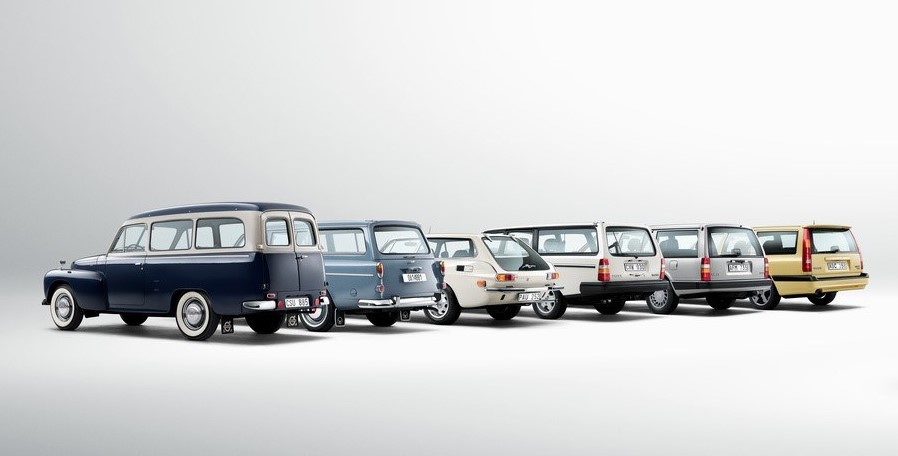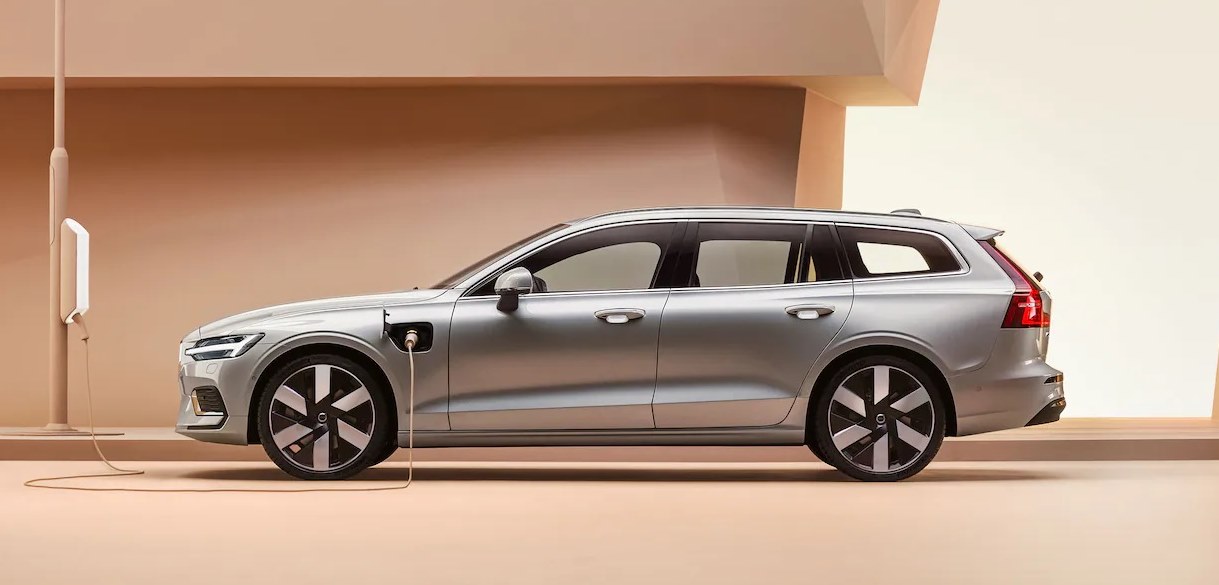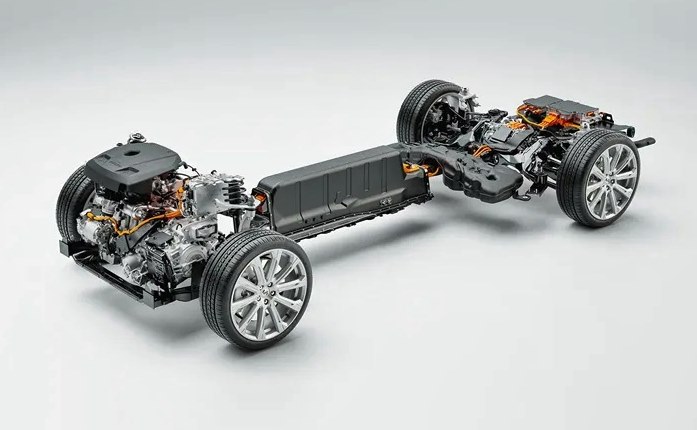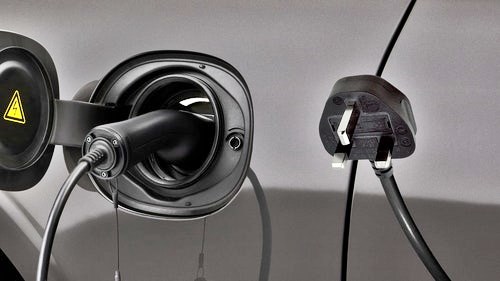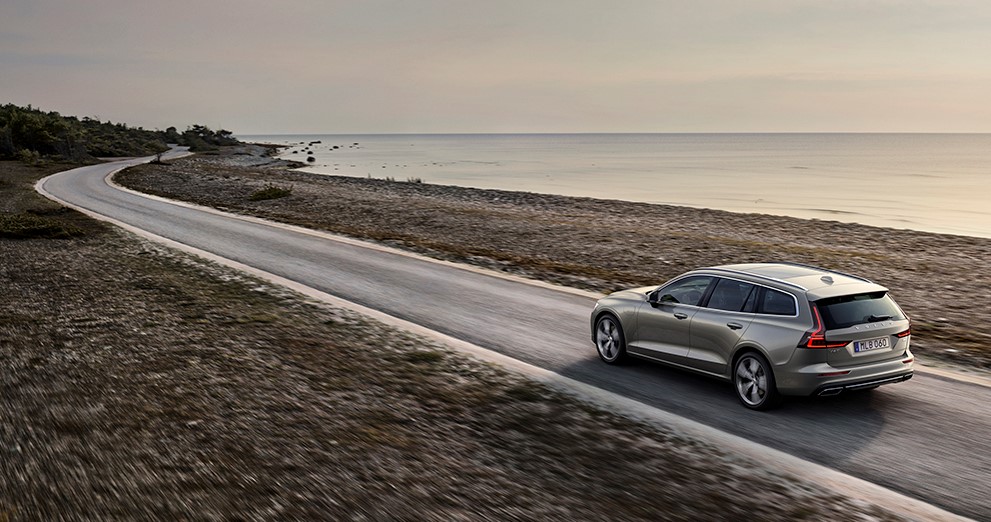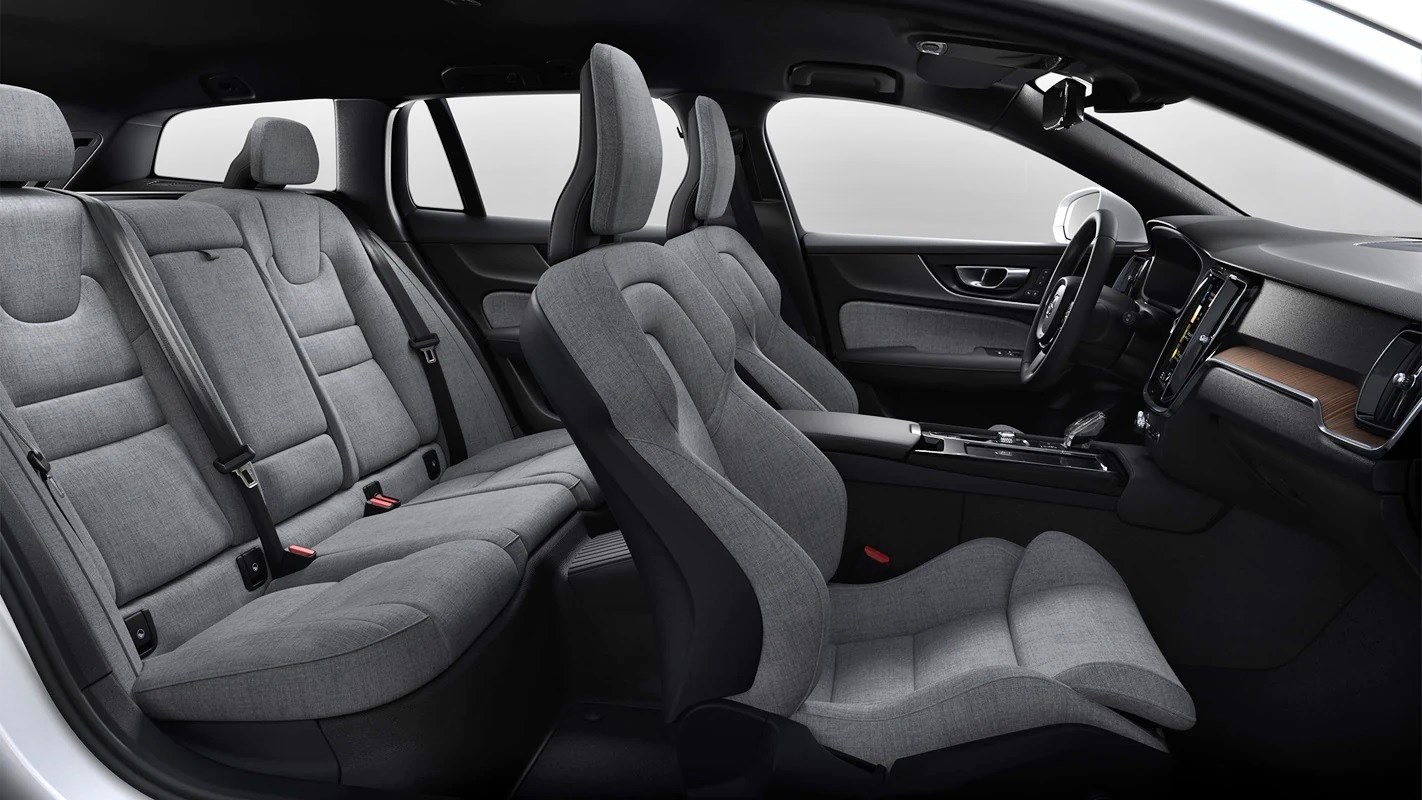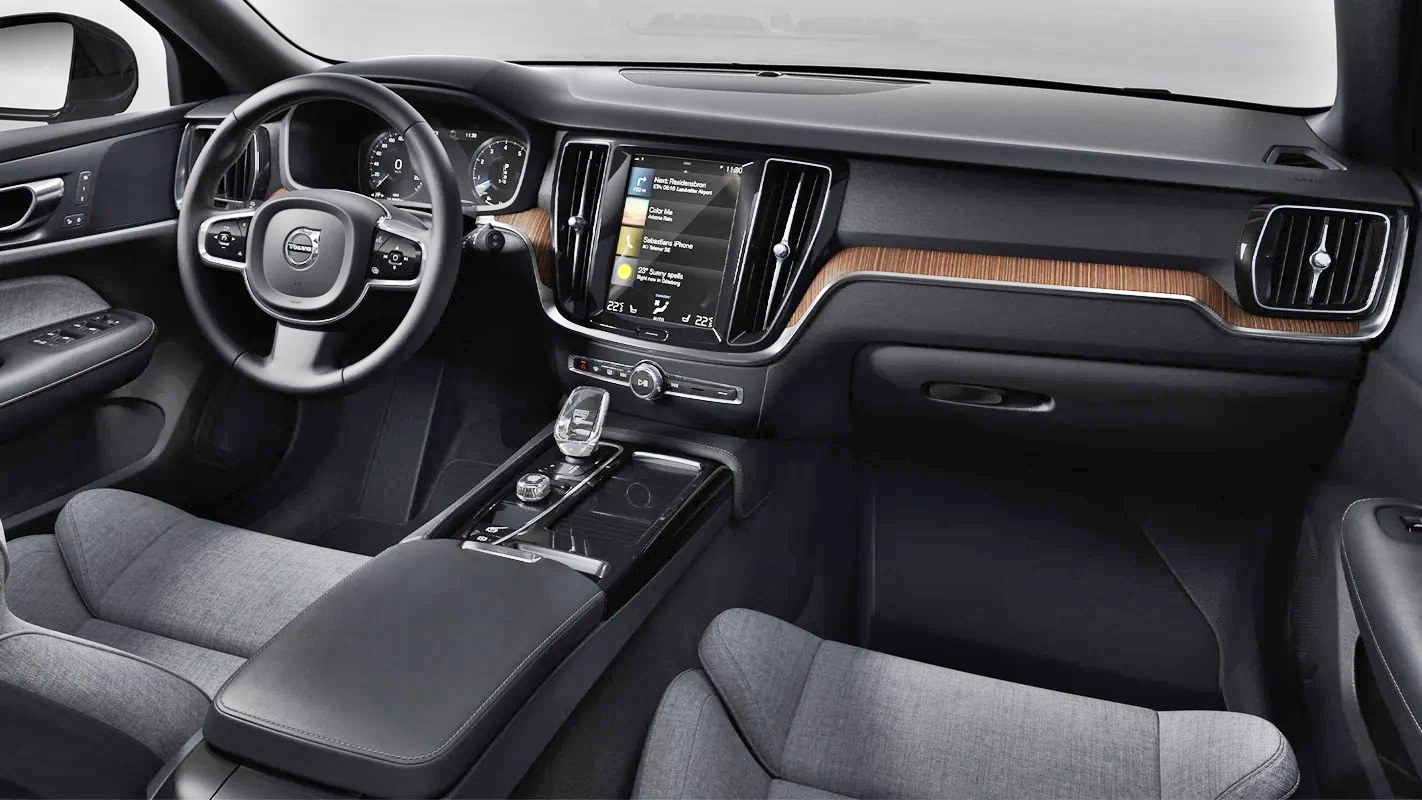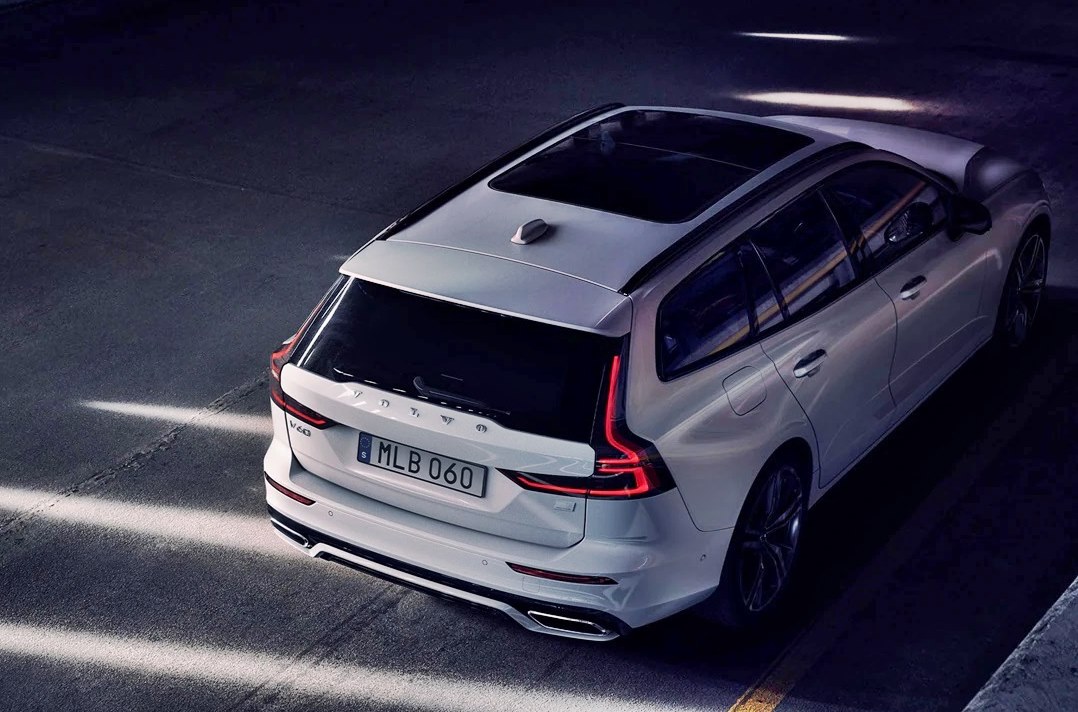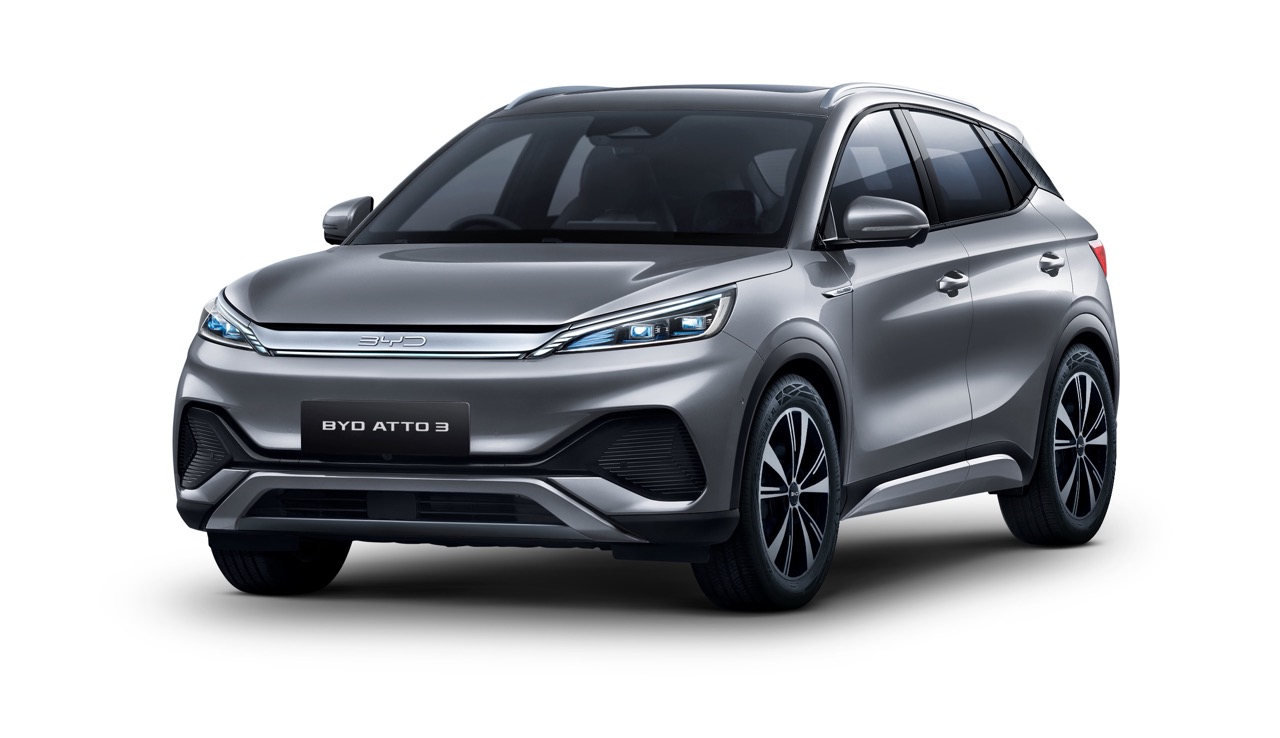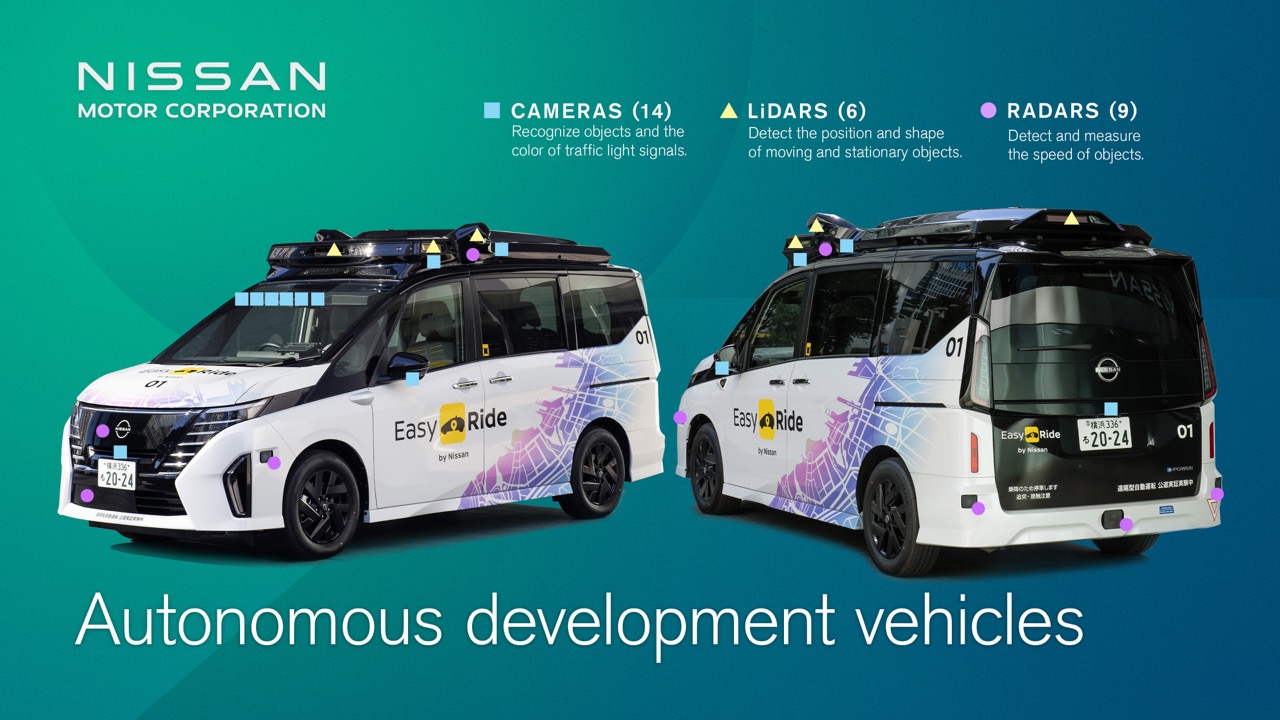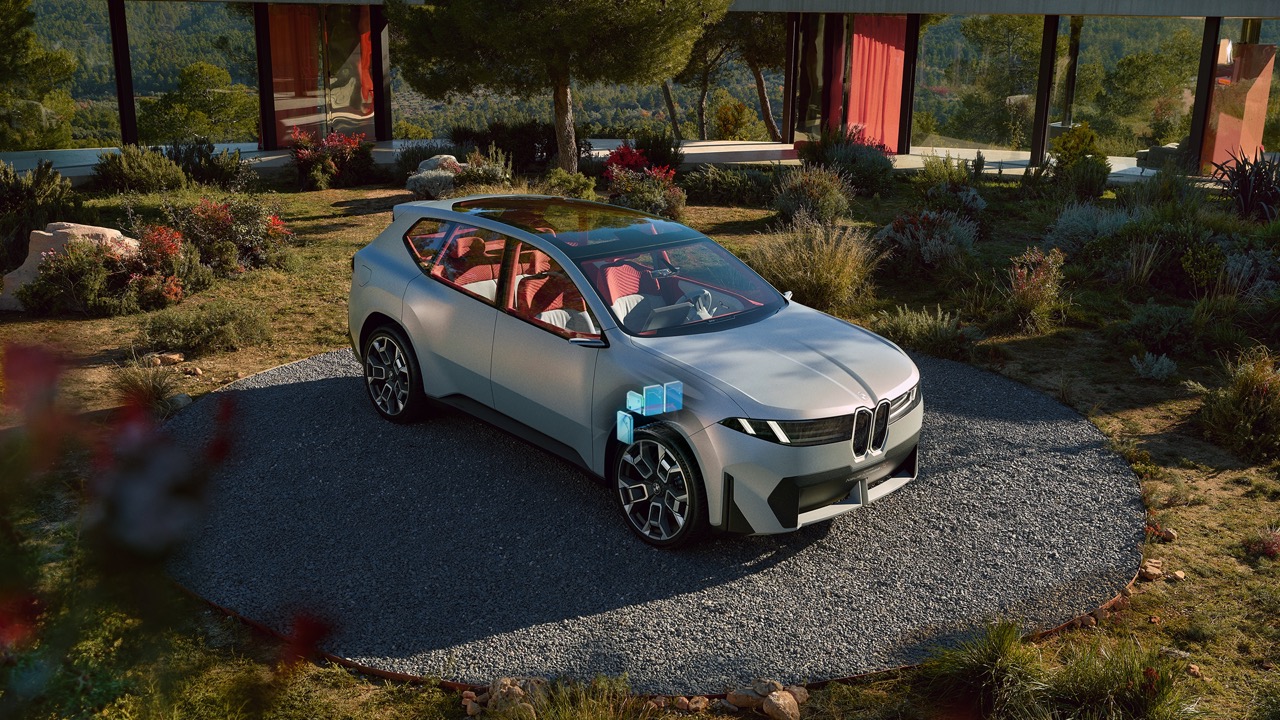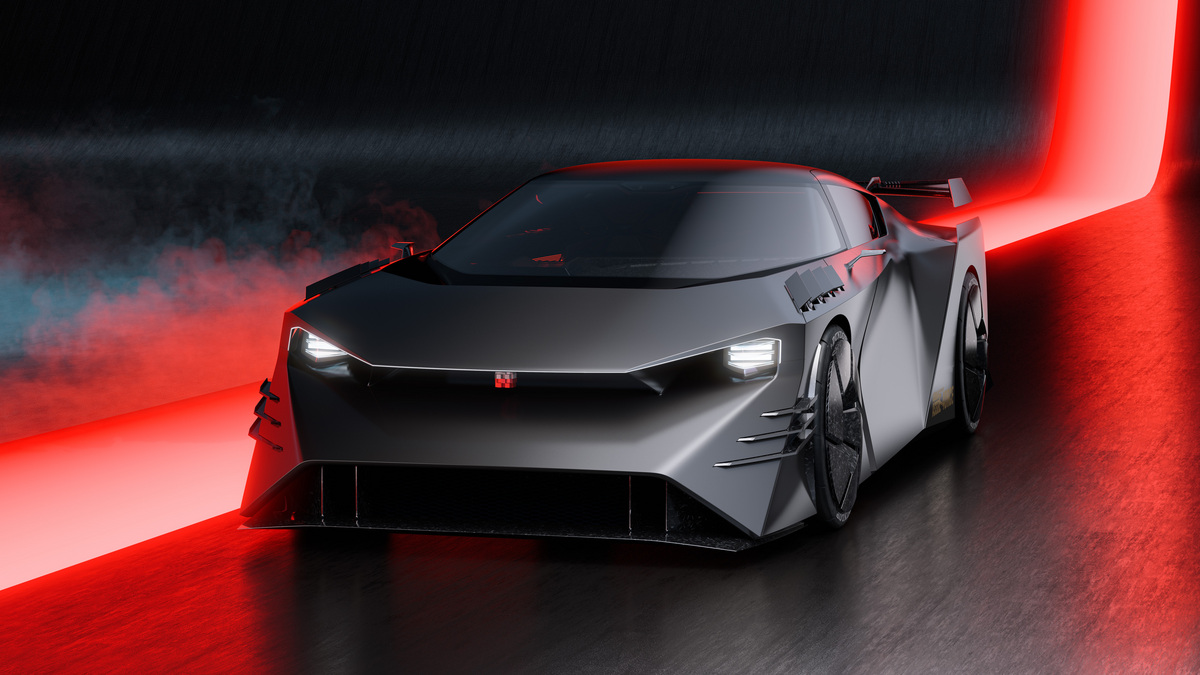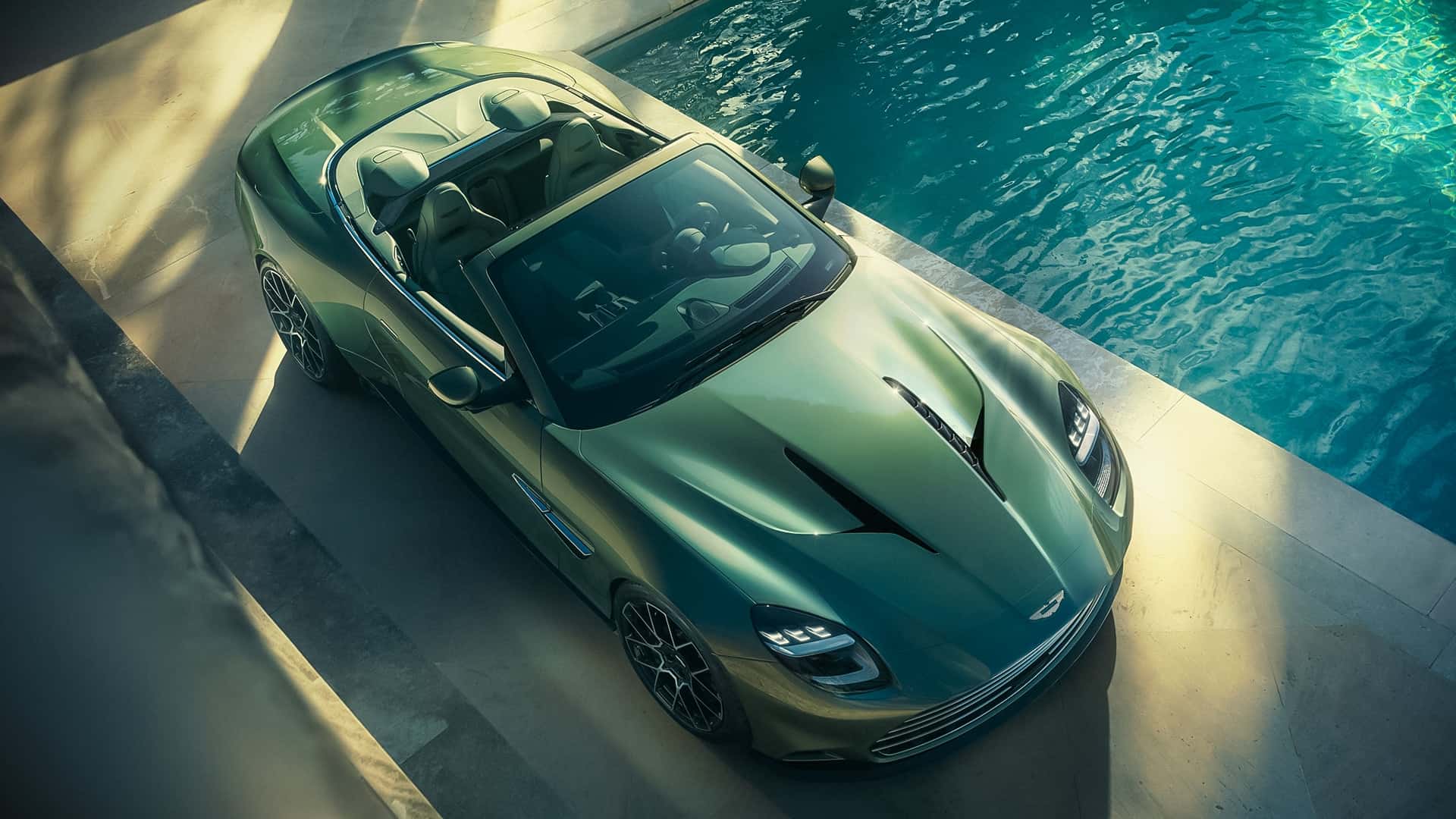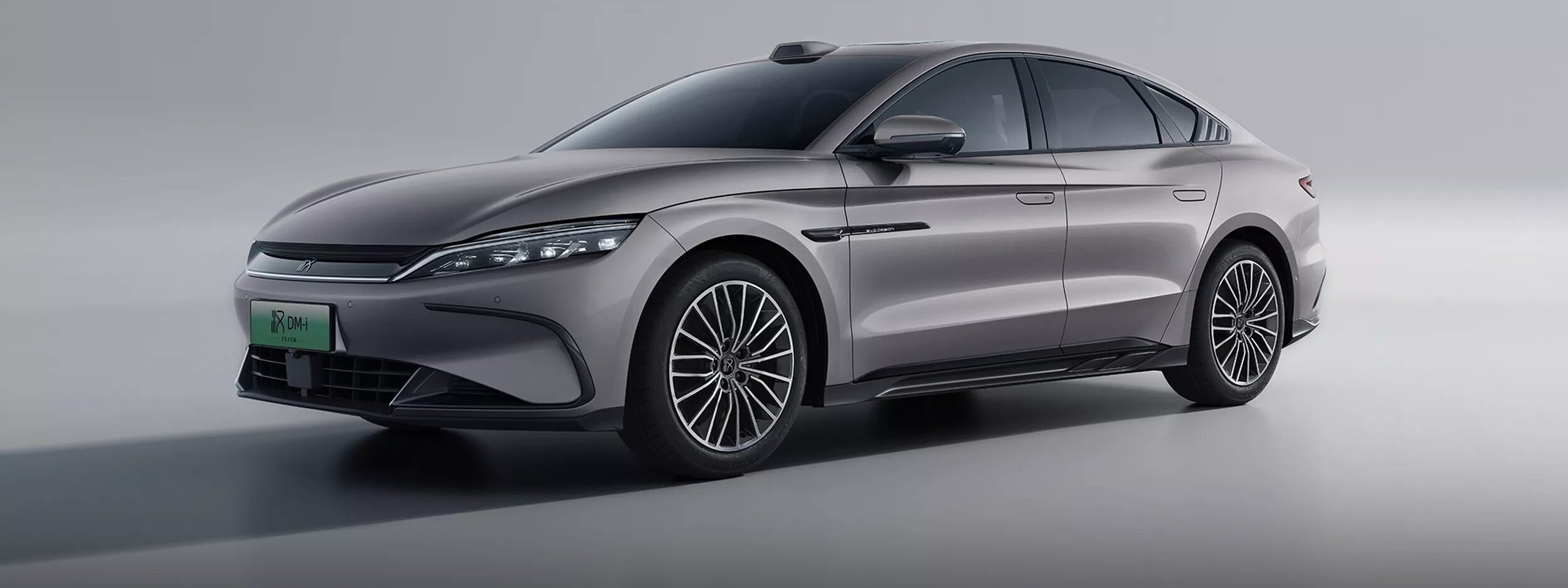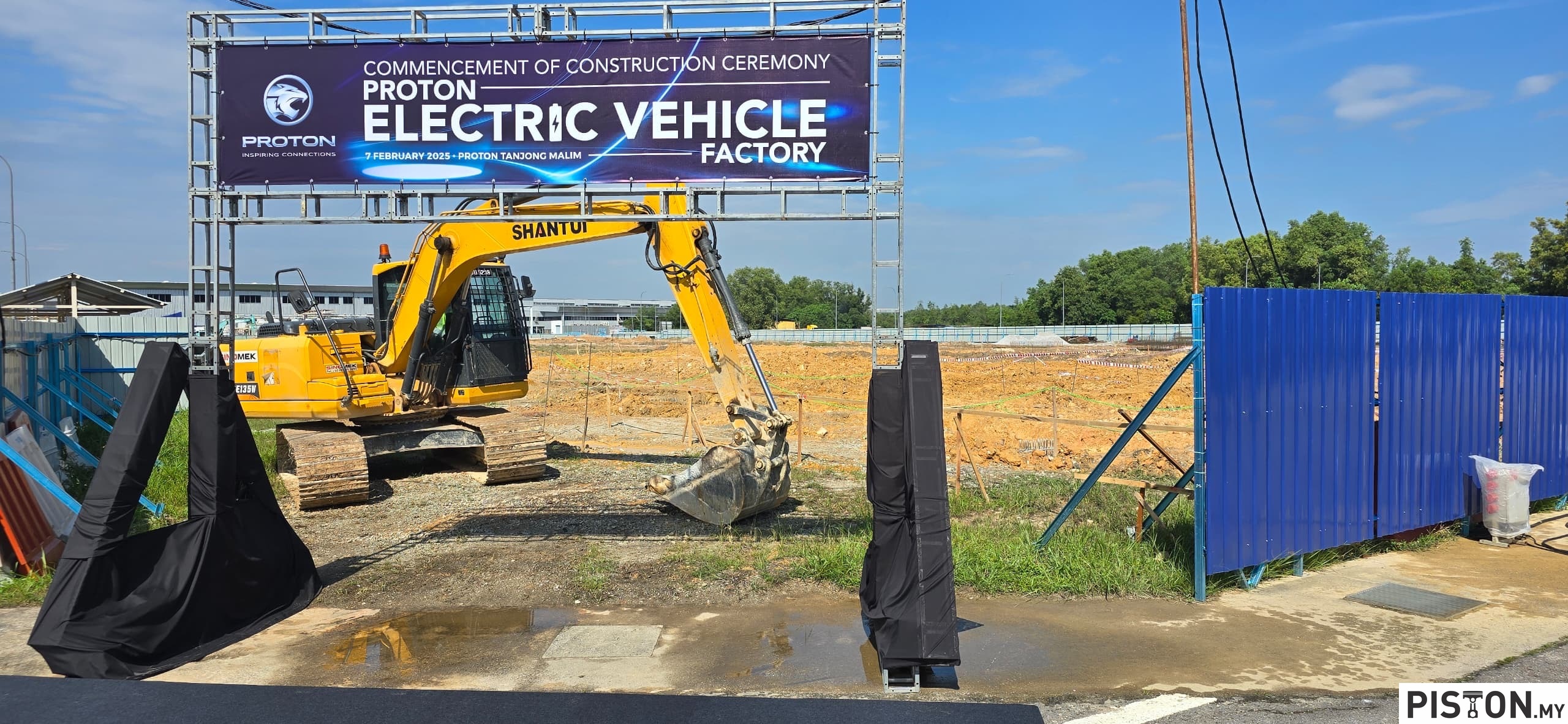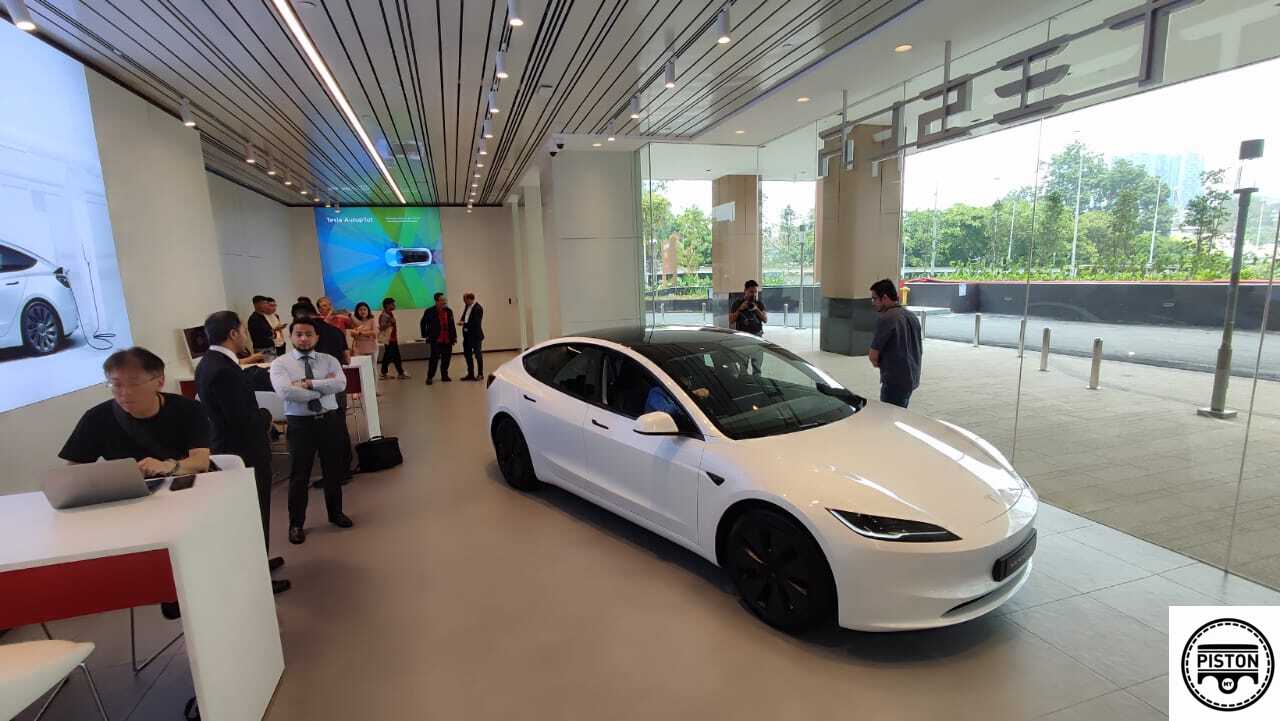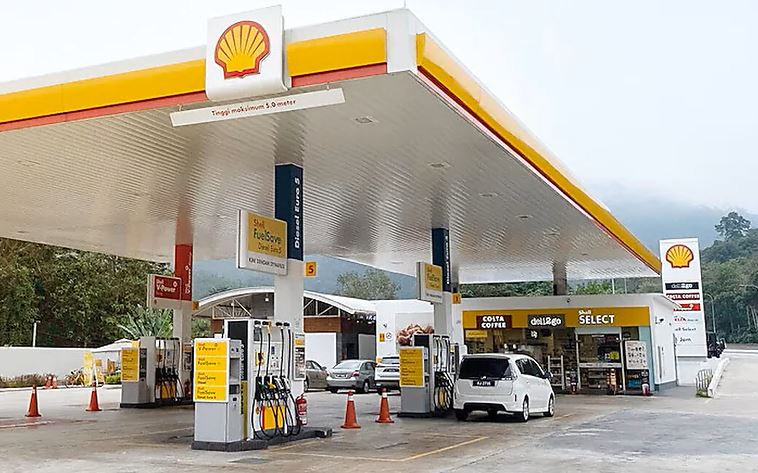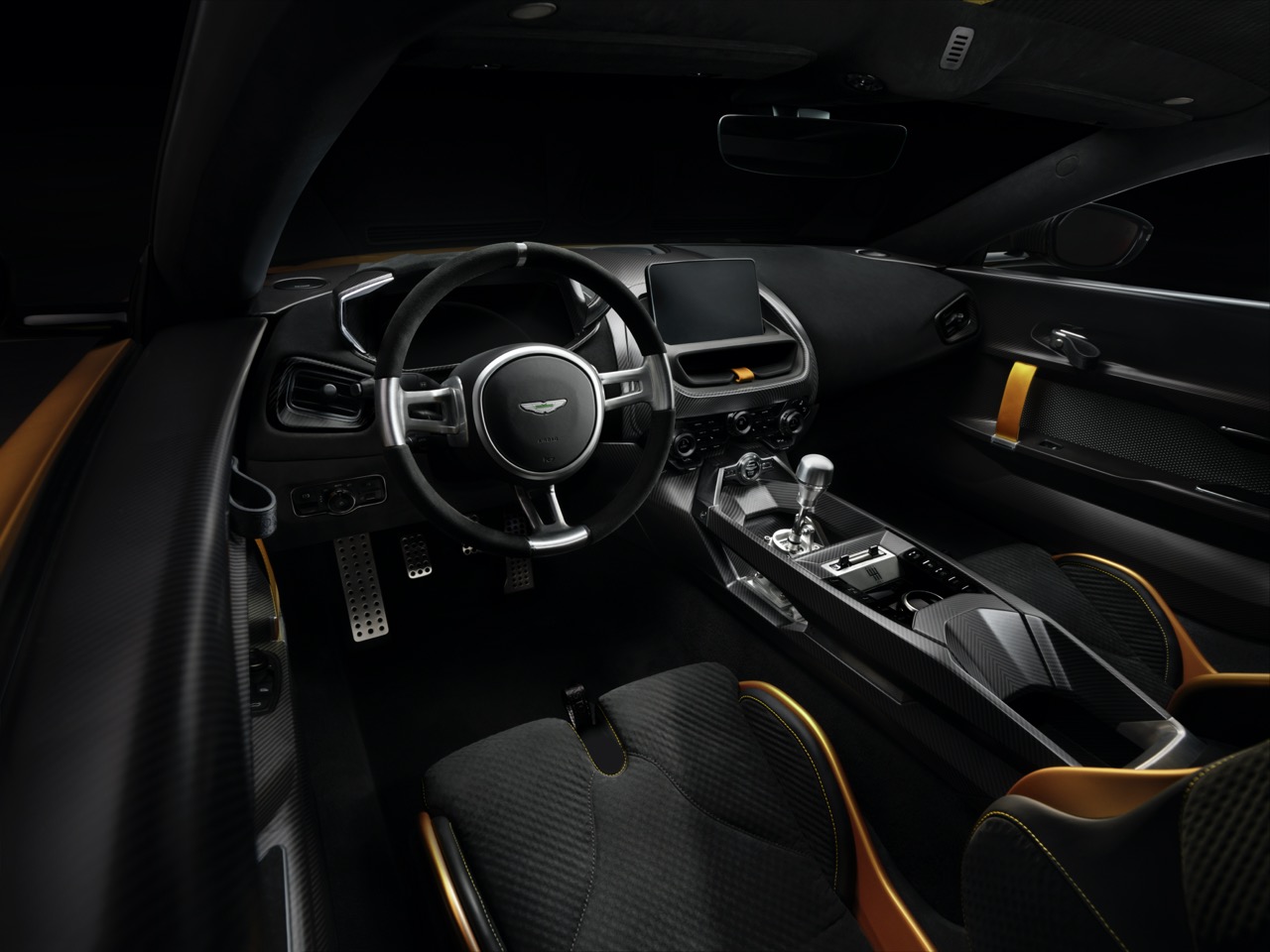Before SUVs appeared, the stationwagon was the ideal multi-purpose vehicle to haul a lot of stuff. Sedan-like but stretched a bit to have a big boot space, it was as low as a sedan and just as comfortable. Volvo, which had been making stationwagons since 1953 when it introduced the Duett, became a leader in the stationwagon segment in the 1980s, especially in Europe where its models were popular.
The Duett had been conceived as a vehicle which could be used for work as well as for family use, so it was the original dual-purpose vehicle (a term which came into use in the early 1980s when the first 4x4s like the Mitsubishi Pajero and Isuzu Trooper were introduced). The success of the Duett encouraged the Swedish carmaker to continue making such cars and in the years that followed, it would always have a stationwagon variant of the prevailing model series. Malaysian motorists will remember the police using Volvo stationwagons in the 1970s and then the 850 stationwagon in the 1990s for highway patrol work.
And although in the 21st century, it has been selling more SUVs than sedans and stationwagons, the company has assured stationwagon fans that it will continue to offer such models in future. These will be alternatives to the SUV and crossover ranges and will eventually be fully electric. They are currently designated as S and V models although these may change as the future models will have more aerodynamic forms. Volvo had originally wanted to designate its stationwagons as ‘F’ – for ‘Family’ – when it launched the first V40. However, Ferrari sent a note of protest and said that a ‘F40’ would mislead people into thinking of the sportscar made by the Italian carmaker which had the designation. So Volvo switched to ‘V’, which it said meant ‘Versatility’.
In the US market, which has been a huge consumer of Volvo stationwagons for decades, some of the models are no longer being sold (which led to the rumour of Volvo stopping stationwagons altogether). However, the company will still sell some versions of the current models and in Malaysia, the latest V60 Recharge T8 has just gone on sale with a price of RM287,474 for the Inscription version (the only one available).
This is an electrified PHEV model with a plug-in hybrid Drive-E powertrain. There is a turbocharger and supercharger which boost output to 320 bhp/400 Nm, to which is added the output of an electric motor that can generate up to 407 ps/640 Nm. A lot of power to all 4 wheels which provides effortless cruising even when the 519-litre boot is fully loaded.
As a PHEV, the V60 Recharge T8’s battery pack can be recharged from an external power source rather than just being recharged while on the move. The time for recharging varies depending on the type of charging used. If from a normal household power socket, each hour of charging can provide 7 to 14 kms but if using DC fast-charging 150 kW station, then in 10 minutes, the battery pack can ‘fill up’ for up to 100 kms of range at a 150 kW station. Shell recently started operations of a DC fast-charging station at its station near Tangkak in Johor and will establish a network of 12 stations along the North-South Expressway.
With a fully charged battery pack, it can travel a claimed 49 kms on just electric power but in normal driving, the system will be continuously varying the use of the two power sources for optimum efficiency. Unlike a fully electric powertrain which will come to a standstill if the battery pack is empty, a PHEV like the V60 Recharge T8 will still be able to run using its petrol engine.
As for the design, the V60 Recharge T8 maintains the sleek form which has been around since the days when Peter Horbury, the company’s former design head, declared that ‘we kept the toys and threw out the box’ as he introduced the C70 coupe in 1996. Thereafter, Volvo stationwagons no longer looked like boxes on wheels and had a streamlined profile that added elegance.
The interior too is what you would expect of a Volvo with their Scandinavian ambience and focus on functionality. These days, the emphasis is on using sustainable materials and ensuring that the cabin air is as clean as possible. And although the environment is like that of a premium sedan, there is still the versatility of a SUV with rear seats that fold down and extend the length of the boot.
“The addition of the Volvo V60 Recharge T8 as a PHEV brings Volvo another step forward in our electrification strategy. We are one step closer to realising our aspirations in having a fully electric line-up by 2030 as we move further into a more sustainable future,” said Charles Frump, Managing Director of Volvo Car Malaysia.
Geely Holding and Volvo Cars to form joint-venture company producing powertrains




